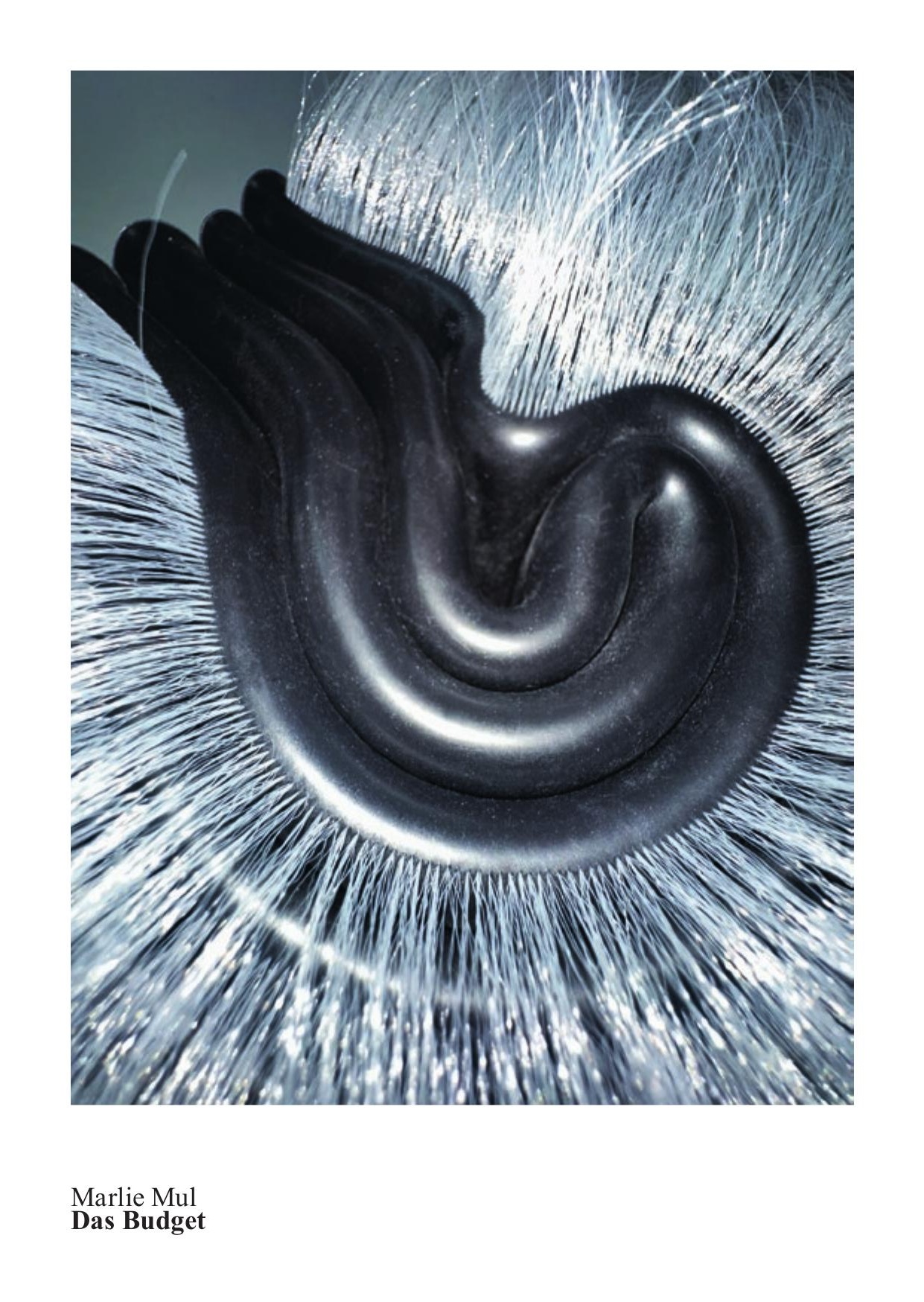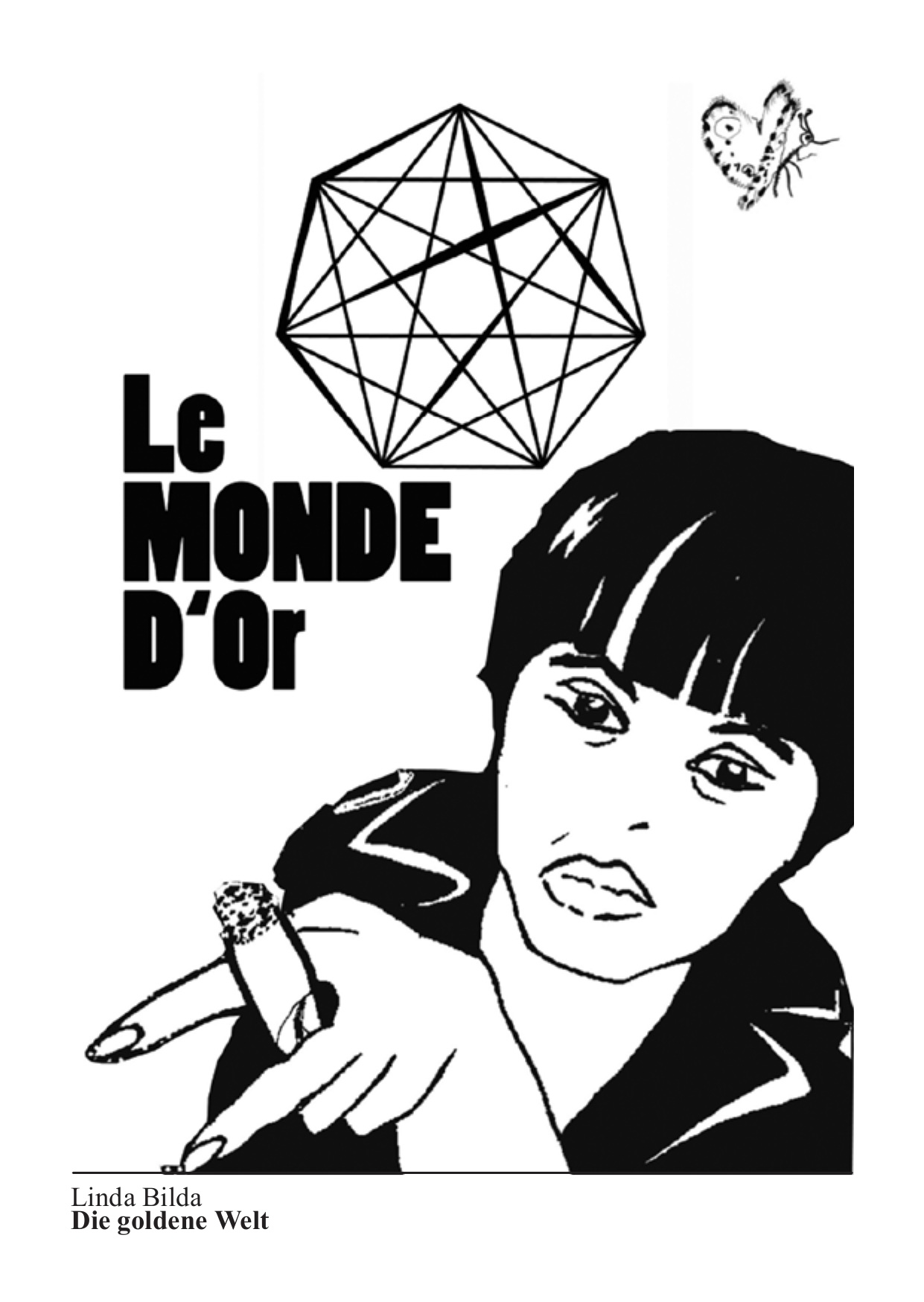7.4. – 10.6.2001
Paul Pfeiffer
The works of the artist Paul Pfeiffer, born in 1966 in Honolulu, revolve around the significance of individual identity caught up in the spectacle created by mass media as well as the variations of eradication, manipulation, and extinction of individual identity incorporated in media representation technology. With the point of departure at all times being digital technology, Paul Pfeiffer utilizes a broad spectrum of techniques including photography, video, installation, and sculpture to create his pictorial worlds.
His pictorial sources are the cinema, TV, or photo series of celebrities, where the use of legendary sport reports, cinema films, or media images enable him to simultaneously comment on the media-concocted identity of the stars and their “fans” or consumers.
By means of a exhaustive procedure involving digital image processing whereby the pictorial material is reconstructed, multiplied, and manipulated – a 2-1/2-minute video sequence can easily require approximately four months of work – the artist reduces the original items to crucial images, which he then orders in sequence and expands in time to produce either a dramatized film sequence presented on small LCD players or monumentalized versions in the form of sculptures or photographs. In this manner, Pfeiffer issues religiously reminiscent, voyeuristic, or ideological moments of media-created reality as psychoactive scenarios reflecting of our sense of authenticity.
In John 3:16,2000, for example, he overlays the evocation of Christian symbolism over the title– that is, the figure of Christ – with a sports event: A red basketball revolves frantically in the middle of the picture. The film was created from over 5000 video stills, which Paul Pfeiffer “distilled” from footage of the 1995-96 NBA games when the legendary Michael Jordan rejoined his basketball team. Only rarely do we catch sight of the silhouette of a manipulated hand in a film frame showing the activity of the players, the excitement of the game, and the myth of basketball as a hypnotizing vibration surrounding the “divine” ball or surrounding the global spectacle spotlighting the gods of sports. Michael Jordan the legend, but also the conglomerate of a market-manipulated identity existing in the reality of advertising, the media star, and the responsive icon provides the focus for a second film by Paul Pfeiffer: “Fragment of a Crucifixion (After Francis Bacon)”, 1999, the digital compilation and multiplication of an enthusiastic outburst by the player, is portrayed as a monstrous act of operatic gesture, mechanization, hostility, and actual crucifixion by the media. In other works, Pfeiffer removes the icons from well-known pictorial sequences or photographs, thus overlaying the medial manipulation of the stars with the manipulation of the viewer by centralizing him or her: In The Long Count (I Shook up the World), a video based on film material featuring Mohammed Ali’s legendary boxing matches in the USA, the Philippines, and the former Zaire, he digitally erases the boxers while making the figures visible as ghostly manipulators of the movements and emotions of the spectators. In 24 Landscapes (2000) Marilyn Monroe has been deleted from the famous photo session with Bert Stern. The scene of romantically suggestive landscape pictures, uniquely ruffled waves disturbed by the icon, confusing sand formations, and the blur of an imaginable object remains.
At the Glarus Art Museum, Paul Pfeiffer introduces himself by means of both the above noted photographic work and a new video sculpture Race Riot, where he once again focuses on sport in his image composition. With both these works, he shows the media subject caught in the field of tension between that which remains unseen but lends structure to the cultural spectacle, and that which is all too visible. Caught, therefor, in this field of tension between that which is portrayed as greater than life and at the same time is a passive item for consumption victimized by the manipulations of technology.

















